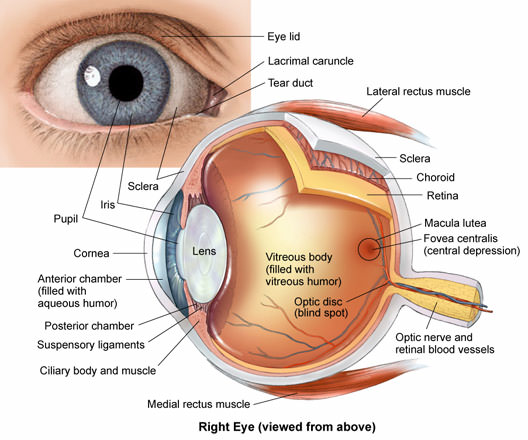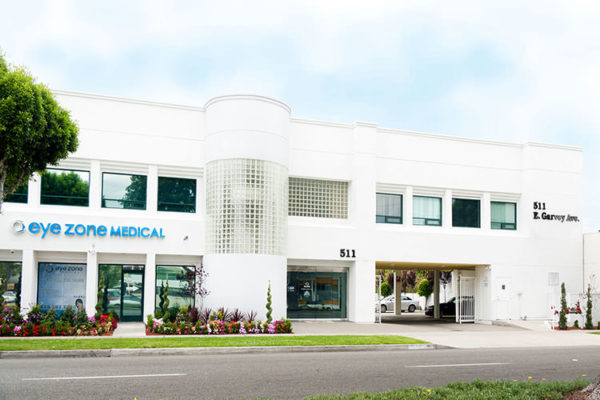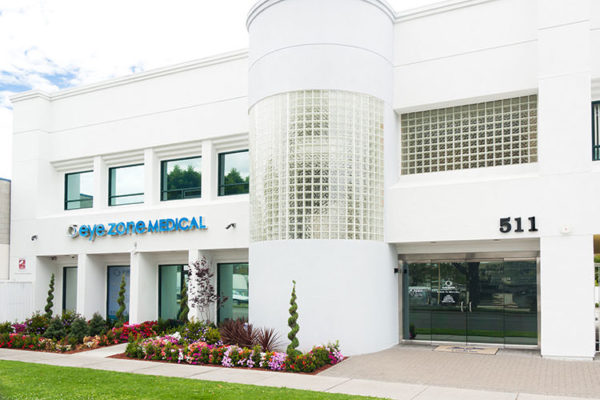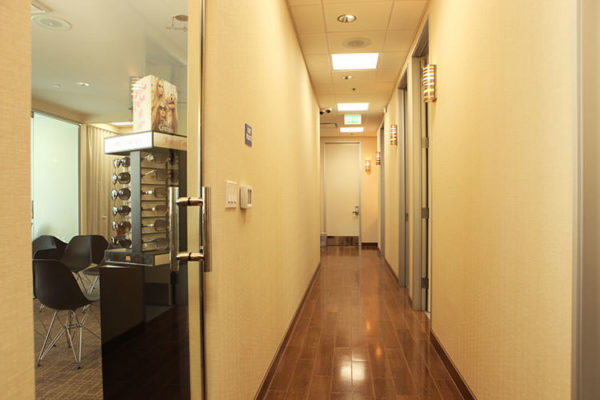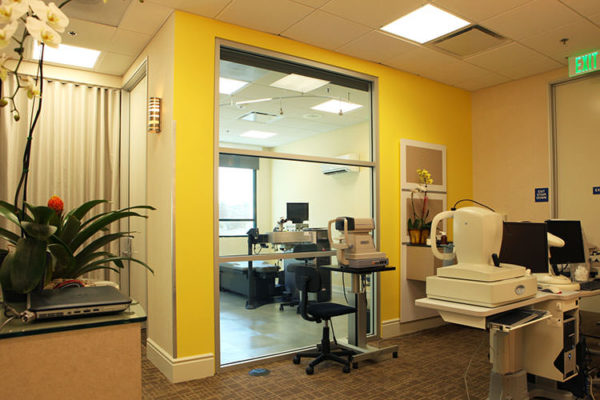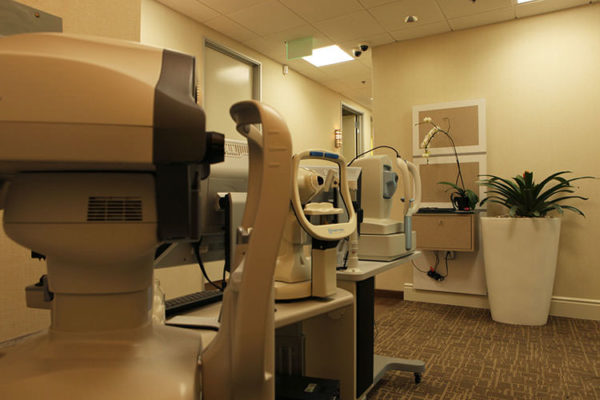Eye Medical Terminology in Monterey Park
Linda Vision believes in educating patients to ensure comfort and extreme confidence in every procedure. We can help you achieve visual freedom through a wide range of vision correction methods available at our Los Angeles eye surgery clinic. Explaining the difference between the normal eye and visual errors may help you to understand the numerous possibilities and options that every patient has. Whether you are nearsighted, farsighted, astigmatic, or just have difficulty reading, we are dedicated to providing the best visual outcome possible.




